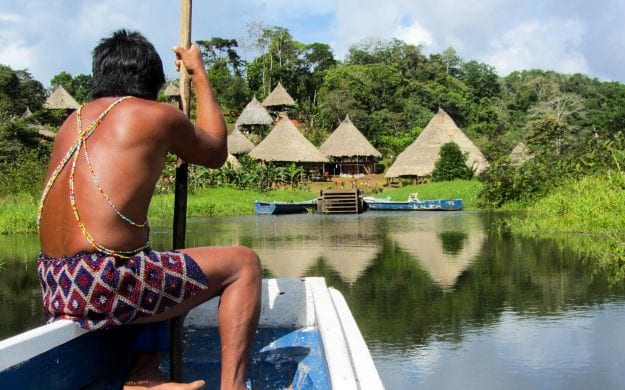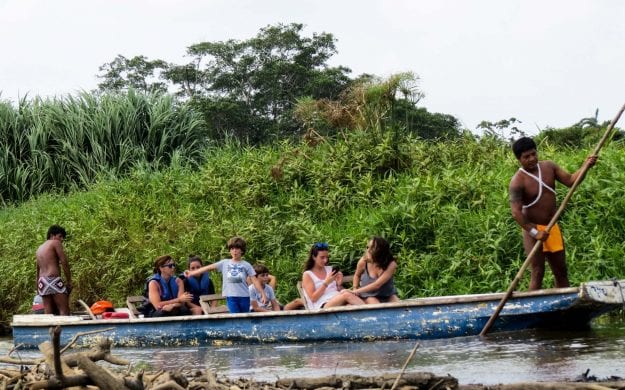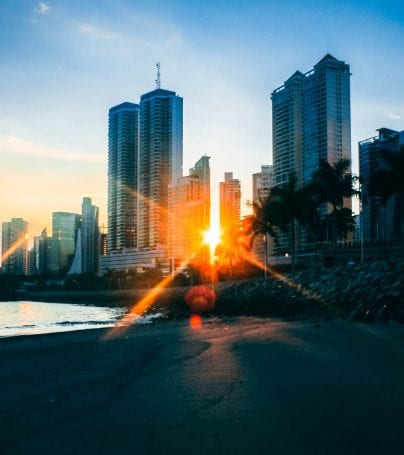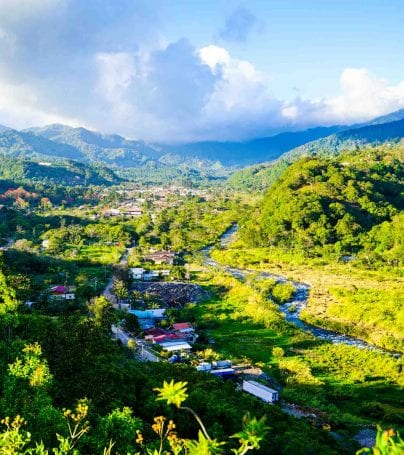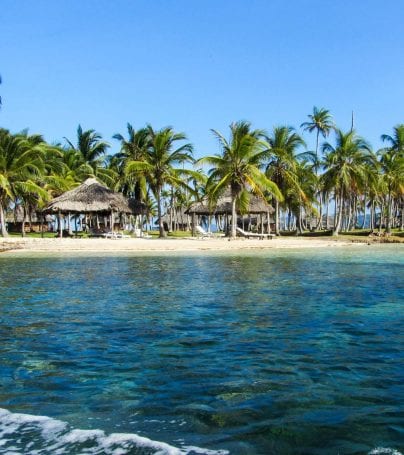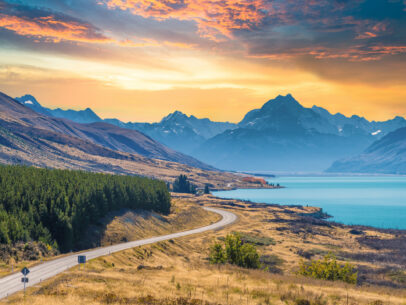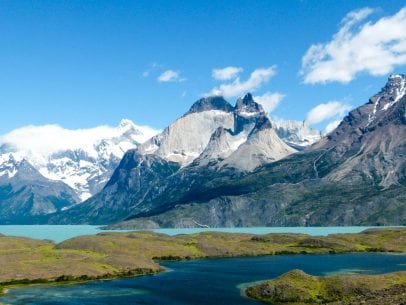Panama Canal Adventure Tours
The Panama Canal (Spanish: Canal de Panamá) is a major ship canal that traverses the Isthmus of Panama in Central America, connecting the Atlantic Ocean and Pacific Ocean. Construction of the canal was one of the largest and most difficult engineering projects ever undertaken. It has had an enormous impact on shipping between the Pacific and Atlantic Oceans, obviating the long and treacherous route via the Drake Passage and Cape Horn at the southernmost tip of South America. A ship sailing from New York to San Francisco via the canal travels 9,500 kilometers (6,000 mi), well under half the distance of the previous 22,500 kilometer (14,000 mi) route around Cape Horn.
Although the concept of a canal in Panama dates back to the early 16th century, the first attempt to construct a canal began in 1880 under French leadership. After this attempt collapsed, the work was finally completed by the United States, and the canal opened in 1914. The building of the 77 kilometer (48 mi) canal was plagued by problems, including disease (particularly malaria and yellow fever) and landslides. As many as 27,500 workers are estimated to have died during construction of the canal.
Since opening, the canal has been enormously successful and continues to be a key conduit for international shipping. Each year more than 14,000 ships, carrying more than 203 million tons of cargo pass through the canal. By 2002 about 800,000 ships had passed through the canal.
The canal can accommodate vessels from small private yachts up to fairly large commercial ships. The maximum size of vessel which can use the canal is known as Panamax; an increasing number of modern ships exceed this limit, and are known as post-Panamax vessels. A typical passage through the canal by a cargo ship takes around nine hours. 14,011 vessels passed through the canal in 2005, an average of almost 40 vessels per day.
Customize Your Dream Adventure
We are here to help craft tailor-made adventures for individuals, couples, families, and groups of explorers.

